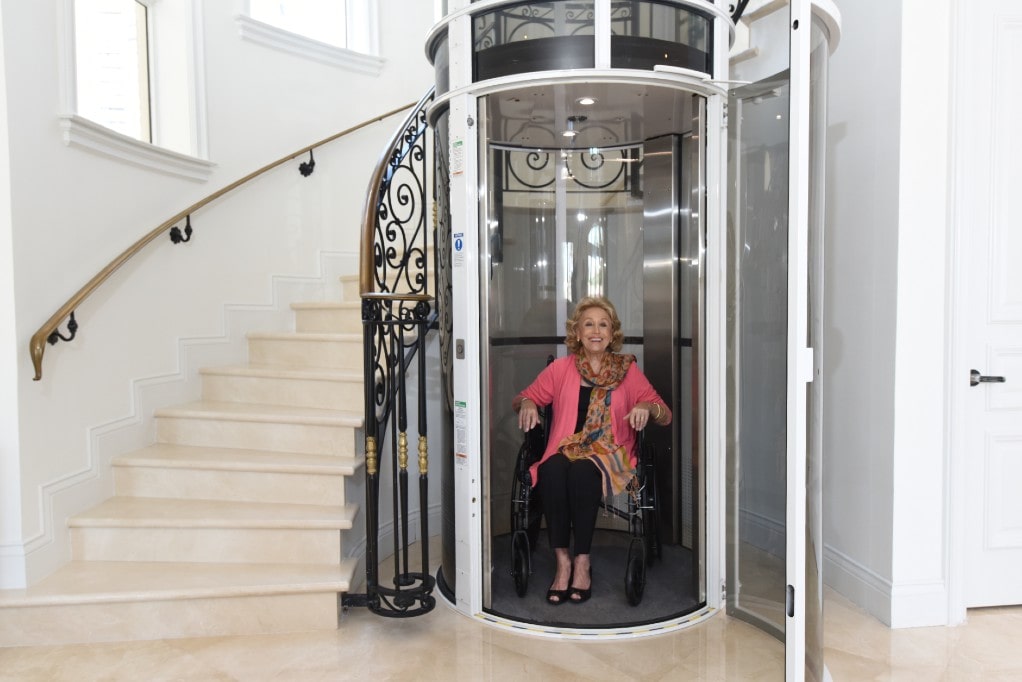London Lift Company: Giving Comprehensive Lift Solutions Across the Capital
London Lift Company: Giving Comprehensive Lift Solutions Across the Capital
Blog Article
Unraveling the Complexities of Lift Innovation: Troubleshooting Common Troubles Throughout Lift Designs
From slow-moving procedure concerns to strange noises emanating from the machinery, fixing common problems across different lift versions demands a keen eye for information and a systematic technique. Stay tuned as we browse through the maze of lift malfunctions, looking for remedies to the enigmatic troubles that can interrupt the smooth performance of these important apparatuses.
Identifying Slow Procedure Issues

Following, check the electrical connections to guarantee that all elements are properly connected and working. Damaged electrical wiring or loose links can result in slow operation or complete malfunction of the lift system. Additionally, it is necessary to test the control system to identify if the problem hinges on the programming or sensors.
If the visual examination and electrical checks do not disclose the origin of the slow operation, additional analysis examinations might be essential. These could consist of stress examinations for hydraulic systems, voltage examinations for electric parts, or running diagnostic software application for the control system. repair and maintenance services. By following an organized approach to troubleshooting sluggish procedure issues, you can efficiently recognize and settle the problem, ensuring the lift runs safely and successfully
Dealing With Strange Noises
To successfully fix lift innovation for unusual noises, an extensive evaluation of the lift elements following the identification of slow-moving procedure problems is necessary. Odd sounds in lifts can be a measure of underlying problems that need timely attention to guarantee the safety and dependability of the system.
Moreover, it is essential to describe the lift manufacturer's maintenance guidelines and look for help from qualified technicians when handling complicated lift parts or strange troubleshooting procedures. By quickly dealing with and addressing strange sounds underlying concerns, lift drivers can make certain the optimal performance and safety of the lift system for guests and drivers.
Resolving Faulty Control Problems
A reliable technique for dealing with defective control problems in lift innovation entails carrying out an extensive evaluation of the control system's elements and capability. When running into issues with lift controls, it is vital to initial look for any type of loosened links, harmed circuitry, or malfunctioning sensing units. Verifying that all control buttons, keypads, and we maintain lifts display screens are working appropriately is additionally important in diagnosing the trouble precisely.
If no visible issues are evident, professionals should proceed to inspect the control board for any kind of indications of water rust, damage, or getting too hot, as these can commonly cause control breakdowns. Furthermore, resetting the control system or updating the software program might help deal with particular glitches or insects causing the trouble.

Tackling Hydraulic System Malfunctions
The effectiveness of hydraulic systems in lifts depends heavily on the appropriate performance of various parts within the system. When hydraulic systems breakdown in lifts, it can cause operational disturbances and safety and security problems. One typical issue is hydraulic liquid leakage, which can take place as a result of worn-out seals, loosened connections, or damaged cylinders. To tackle this trouble, professionals ought to conduct a comprehensive assessment to determine the source of the leak and replace any type of defective parts quickly.
Additionally, abnormalities in hydraulic fluid levels or uncommon noises throughout lift procedure may show underlying system malfunctions that require prompt interest to avoid more damage. Regular upkeep and timely troubleshooting of hydraulic system problems are important to guaranteeing the efficient and risk-free operation of lift innovation.
Handling Electric Component Failings
Addressing electrical part failures in lift innovation necessitates a methodical approach to identifying and dealing with problems to keep operational performance and safety and security standards. When coming across electric problems in lift systems, it is important to initial perform an extensive examination lift companies in London of the electrical components, including control panels, electrical wiring, sensing units, and motherboard. Any kind of indicators of damages, corrosion, loosened links, or burned elements should be thoroughly noted and addressed promptly to avoid further complications.
When it comes to electric element failures, it is necessary to follow manufacturer standards for troubleshooting and repair treatments. This may involve examining the elements using multimeters, oscilloscopes, or various other diagnostic devices to identify the exact resource of the malfunction. In addition, having an extensive disabled platform lifts prices uk understanding of the lift's electric schematics and electrical wiring diagrams can help in identifying and remedying issues effectively.
Normal maintenance and assessment schedules can assist protect against electrical failures by detecting potential problems beforehand. Correct training for lift technicians on electric systems and elements is likewise vital to make sure exact medical diagnosis and reliable resolution of electric issues, eventually adding to the total safety and security and integrity of lift procedures.
Conclusion
Finally, repairing lift modern technology calls for a systematic approach to identify and address usual troubles such as slow-moving procedure, odd noises, defective controls, hydraulic system malfunctions, and electric element failures. By understanding the intricacies of lift innovation and complying with proper repairing actions, specialists can efficiently deal with concerns and make sure the risk-free and reliable procedure of lifts across different designs.
To effectively fix lift technology for odd sounds, a detailed evaluation of the lift parts following the recognition of slow operation issues is imperative. Odd sounds in lifts can be a measure of underlying problems that need punctual focus to guarantee the safety and security and integrity of the system.An effective technique for resolving faulty control problems in lift innovation includes carrying out a thorough analysis of the control system's components and functionality.The performance of hydraulic systems in lifts depends heavily on the proper functioning of numerous components within the system. repair and maintenance services. When encountering electric issues in lift systems, it is vital to first perform a detailed examination of the electrical elements, including control panels, wiring, sensors, and circuit boards
Report this page